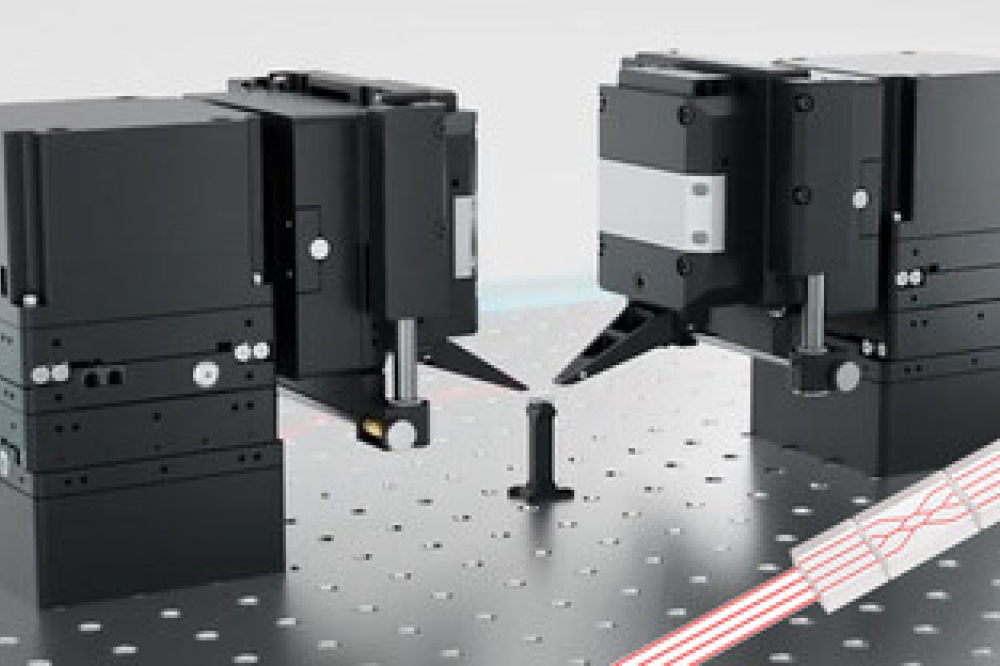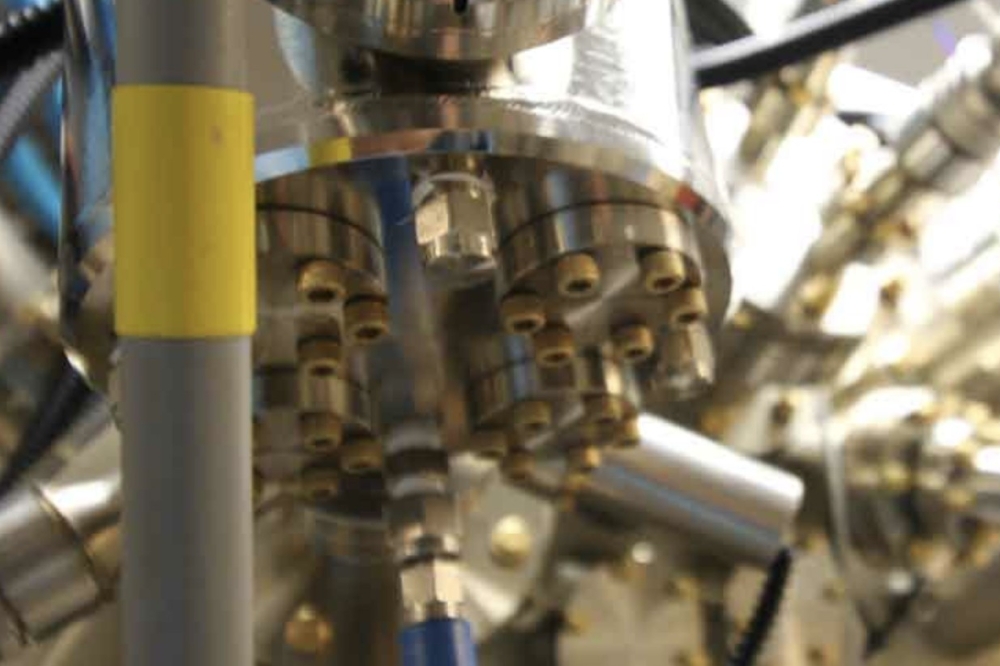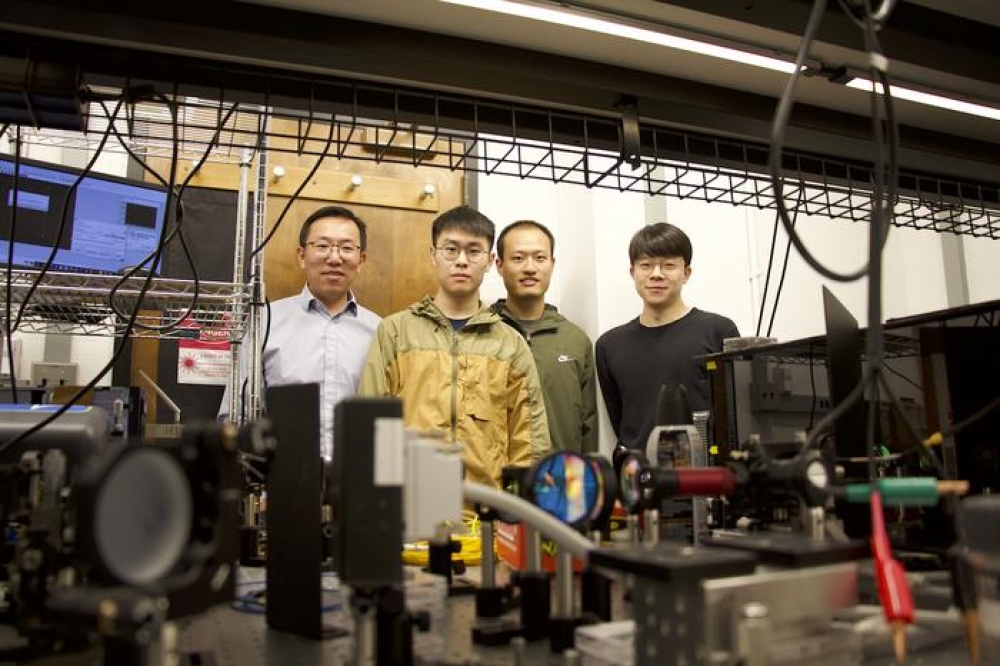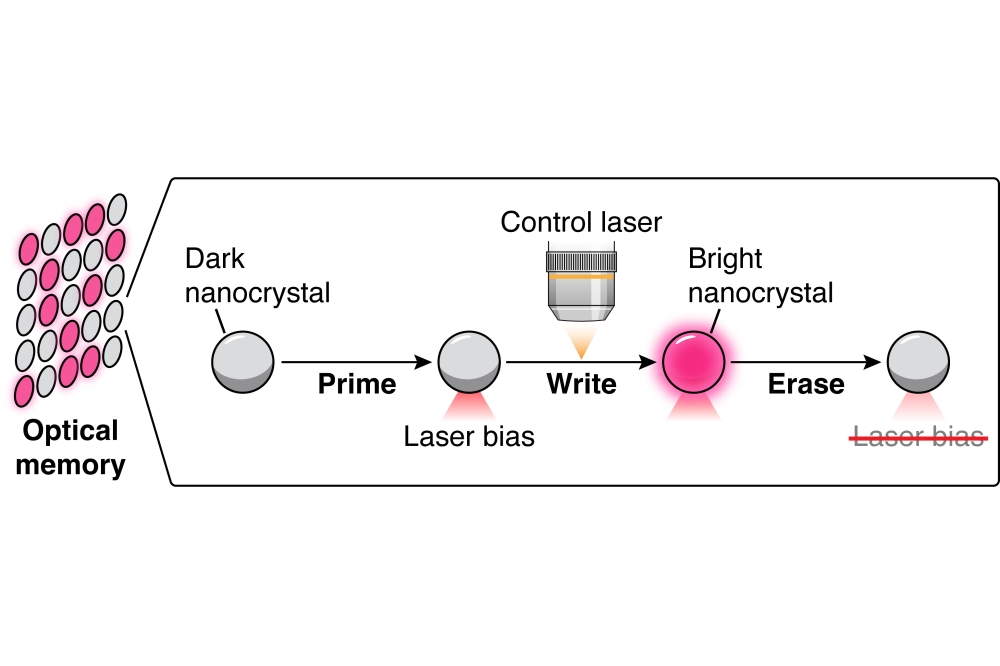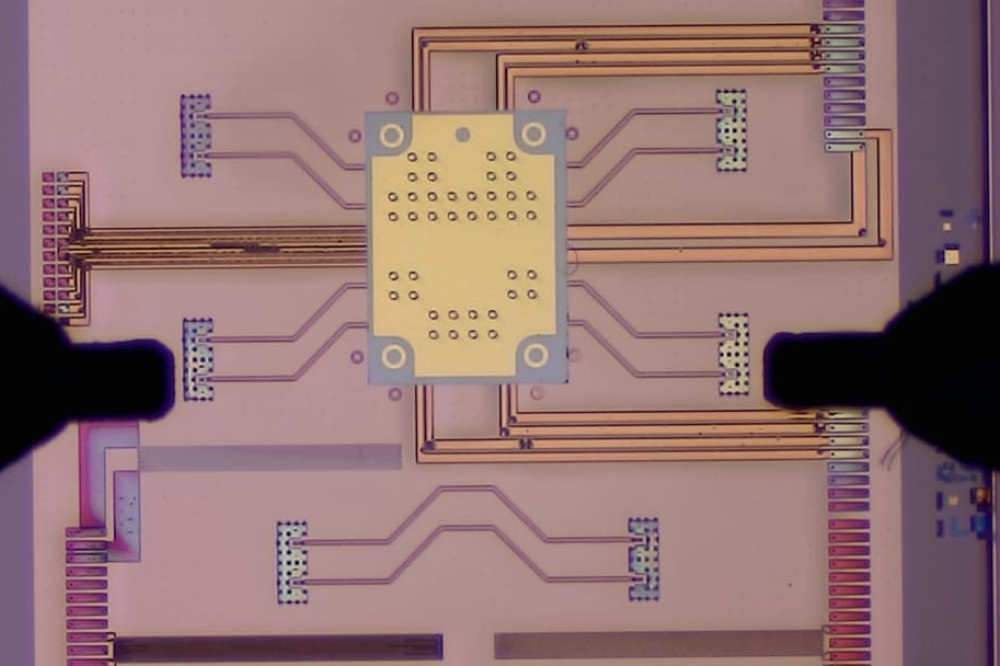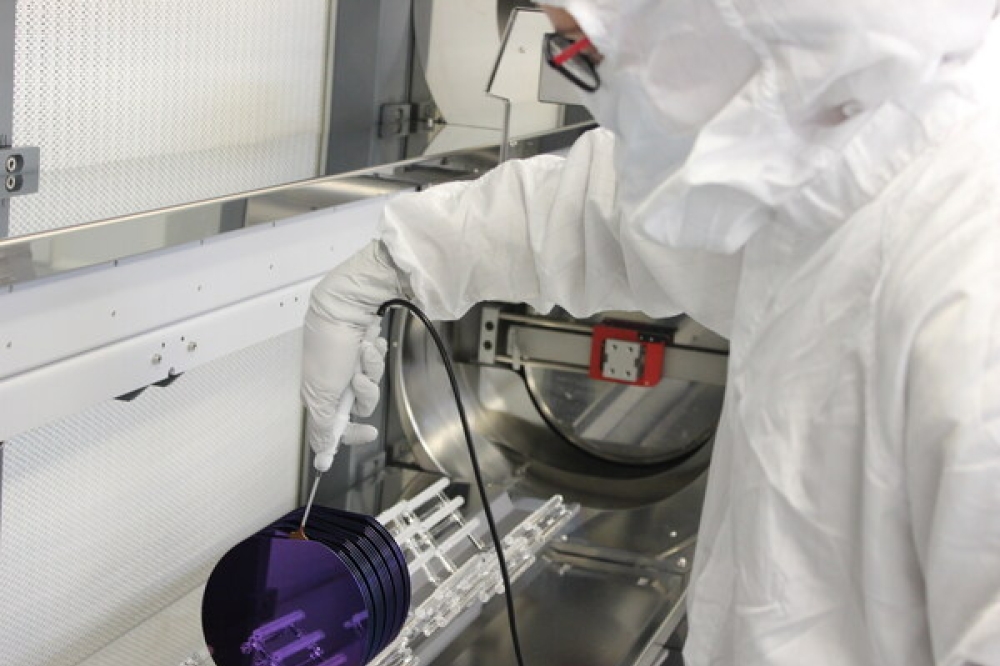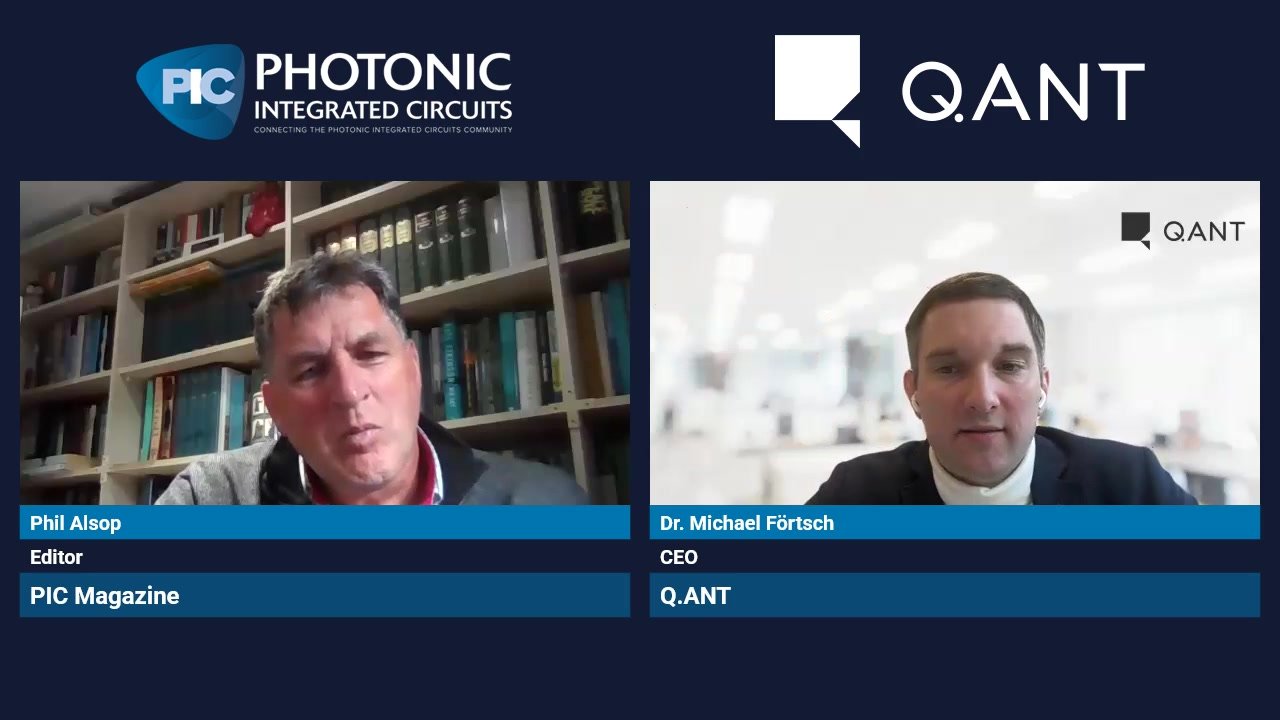NeoPhotonics Announces Cumulative Shipments of 2 Million Ultra-Narrow Linewidth Lasers

NeoPhotonics Corporation, a developer of silicon photonics and advanced hybrid photonic integrated circuit-based lasers, modules and subsystems for bandwidth-intensive, high speed communications networks, has announced that it has shipped a cumulative total of more than two million of its industry-leading ultra-narrow linewidth tunable lasers since initiating shipments in 2011.
Narrow Linewidth tunable lasers are key elements of coherent data transmission systems used in telecommunications and in data center interconnects for the cloud. They provide both the light that carries the transmitted data and a reference laser that is used to decode the data. As data rates increase to 400Gbps, 600Gbps and 800Gbps through the use of higher symbol rates and higher modulation orders, it becomes increasingly essential to have the purest possible laser light source that exhibits the lowest possible noise. NeoPhotonics ultra-pure light tunable lasers meet this essential requirement by having the narrowest linewidth in the industry, meaning the purest color, without noise or other distortion.
In order to maximize the data carrying capacity of optical fibers, NeoPhotonics provides these ultra-pure light tunable lasers with wider tuning ranges, which support more channels and ultimately increase total fiber capacity. For high baud rate, high capacity-per-wavelength systems, NeoPhotonics Ultra-Narrow Linewidth tunable lasers are also available in a C++ LASERTM configuration, which has a tuning range of 6 THz and covers the full “Super C-band.” This is 50 percent more spectrum than a standard laser and supports 80 channels with 75 GHz per channel spacing, achieving a total fiber capacity of 32 Terabits per second using 400Gbps transceivers in each channel. NeoPhotonics Ultra-Pure Light Tunable Lasers are also available in versions that cover the L-Band, essentially doubling fiber capacity.
NeoPhotonics began shipping Narrow Linewidth tunable lasers in 2011 in the Optical Internetworking Forum (OIF) standard ITLA form factor, which was approximately 3 inches long and approximately one inch wide. NeoPhotonics introduced its Micro-ITLA in 2014, which reduced the size by half, and in 2019 introduced the Nano-ITLA, again reducing the size approximately by half. In addition to its best-in-class low phase noise, the Nano-ITLA has low electrical power consumption, making it well suited for small form factor pluggable coherent modules. The Nano-ITLA is now featured in the NeoPhotonics 400ZR QSFP-DD module, which is a complete coherent transceiver capable of sending 400Gbps of data up to 1000 km, in a package size that is not very different from the original ITLA laser alone.
“We are pleased to have provided our customers over the last decade with both industry-leading performance and industry-leading volume, reaching 1 million cumulative shipments in 2019 and now 2 million shipments just two years later,” said Tim Jenks, Chairman and CEO of NeoPhotonics. “As industry data rates have increased from 100Gbps to now 800Gbps, the low noise and low power consumption of our lasers have become increasingly important, and their unique qualities have opened up completely new application areas such as satellite communications, remote sensing, automotive LIDAR and medical diagnostics,” concluded Mr. Jenks.



